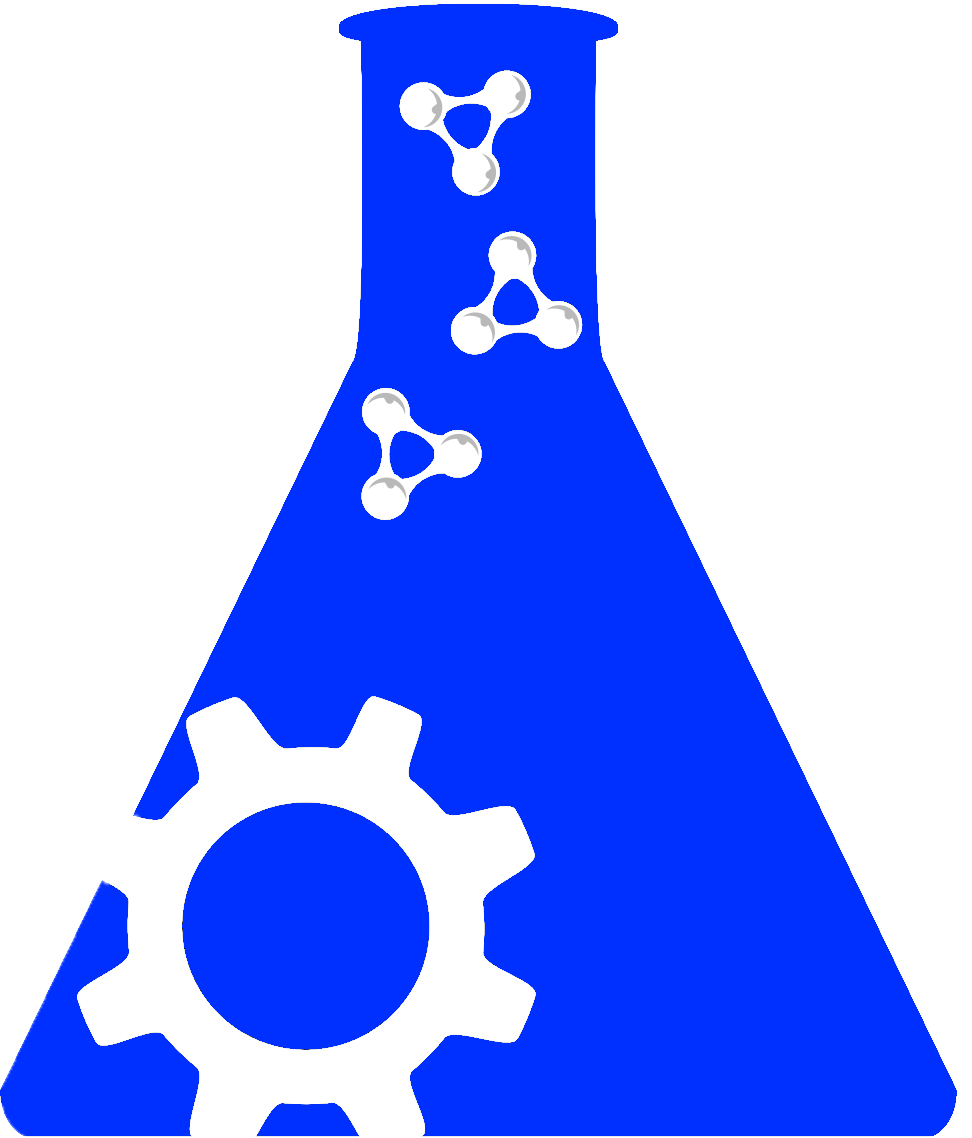Full Data Package |
Data Dictionary |
|||
|---|---|---|---|---|
Create new odc-sci Account and/or log in to download the file. |
||||
Effects of a fecal transplant from anxious donors on rehabilitative training, microbiota composition, systemic inflammation and behaviour following a unilateral cervical spinal contusion (C5, 125kdyn) in female Lewis ratsDOI:10.34945/F5XW2PDATASET CITATIONSchmidt E. K. A.., Raposo P. J. F.., Madsen K. L., Fenrich K. K., Kabarchuk G., Fouad K. (2021) Effects of a fecal transplant from anxious donors on rehabilitative training, microbiota composition, systemic inflammation and behaviour following a unilateral cervical spinal contusion (C5, 125kdyn) in female Lewis rats. ODC-SCI:578 http://doi.org/10.34945/F5XW2PABSTRACTSTUDY PURPOSE: The purpose of this study was to determine whether optimal donor selection would influence the outcome of a fecal microbiota transplant (FMT) and the efficacy of rehabilitative training after a unilateral C5 spinal contusion (infinite horizons impactor, 125 kdyns) in female Lewis rats. Uninjured, genetically identical FMT donors (n=10) were selected as rats who displayed naturally reduced baseline activity levels and increased anxiety-like behaviour. Experimental groups consisted of a group that was gavaged with the FMT solution for 3 days following SCI (SCI+FMT, n=15) and a group that received a vehicle control solution (SCI+Vehicle, n=15).DATA COLLECTED: Data collected for this study include: 16s rRNA sequencing of fecal matter collected pre-injury, on the day of injury, then 3, 7, 14 and 56 days post injury. This data includes the bacteria bacteroidetes, firmicutes, proteobacteria, cyanobacteria, lactobacillus, as well as the alpha diversity. Rehabilitation training on a single pellet reaching task. This includes the number of attempts and success rate at baseline (pre-injury) and throughout 8 weeks of rehab training after SCI (10 min per day, 5 days per week, analyzed once per week). Von Frey test at 1 and 9 weeks post SCI (normalized to baseline values). The percentage of ipsilesional paw placements in the cylinder test (9 weeks post SCI). The total distance travelled in the open field (9 weeks post SCI). The total distance travelled and the percentage of time spent in the open arms of an elevated plus maze (9 weeks post SCI). The time spent in the light component of the light-dark box test (9 weeks post SCI). The percentage of sucrose solution consumed over 2 hours (9 weeks post SCI). The time spent interacting in the social interaction test (9 weeks post SCI). Lesion analysis. IBA1 density immediately caudal to the lesion, at and immediately rostral to the lesion. Plasma analytes were measured at baseline, 3, 21 and 77 days post SCI. FITC dextran assay for intestinal permeability (7 days post SCI displayed as a fold change from baseline, this was a separate experiment which also includes lesion analysis and plasma analytes at 7 days post SCI).DATA USAGE NOTES: The data presented in this dataset show that a fecal transplant from anxious donors (with decreased levels of Lactobacillus in their stool) does not prevent SCI-induced dysbiosis. This fecal transplant had some long-term side effects on systemic and local inflammation and also increased anxiety-like behaviour in the recipient rats. Overall, this study shows that optimal donor selection is critical for successful FMT treatment following SCI.KEYWORDSSpinal Cord Injury; Inflammation; Anxiety; Fecal transplantPROVENANCE / ORIGINATING PUBLICATIONS |
DATASET INFOContact: Fouad Karim (kfouad@ualberta.ca)Lab: Karim Fouad
|
|




